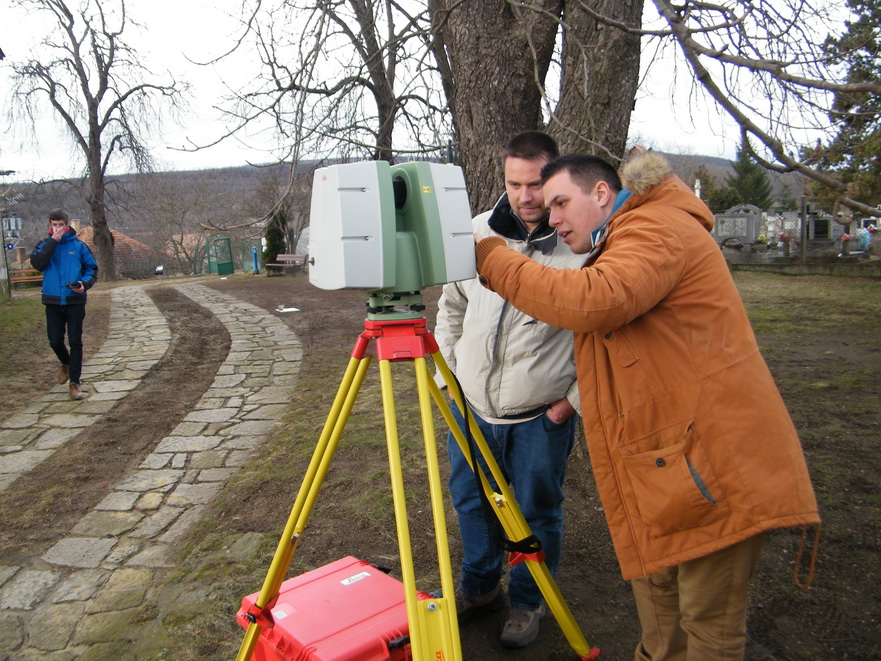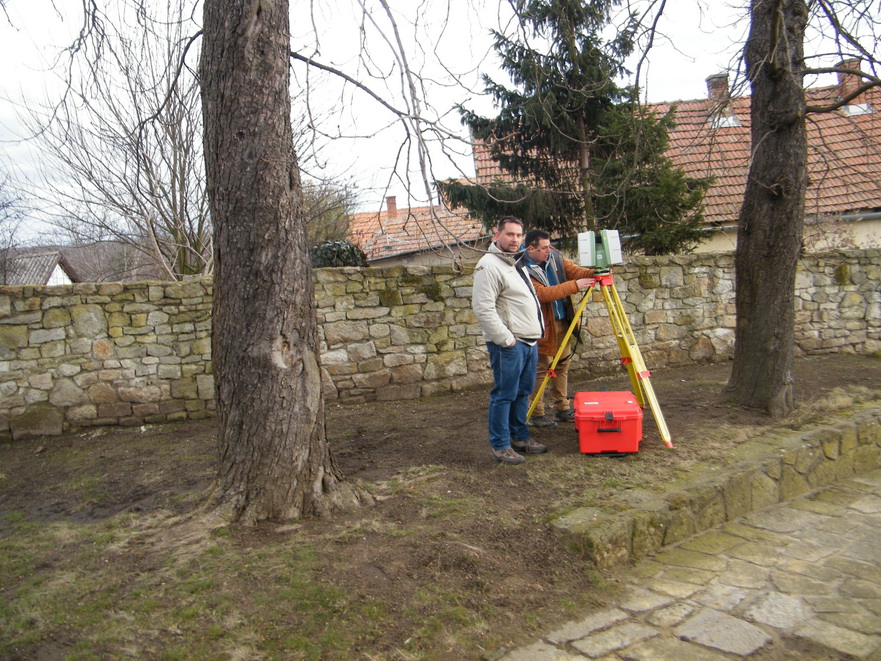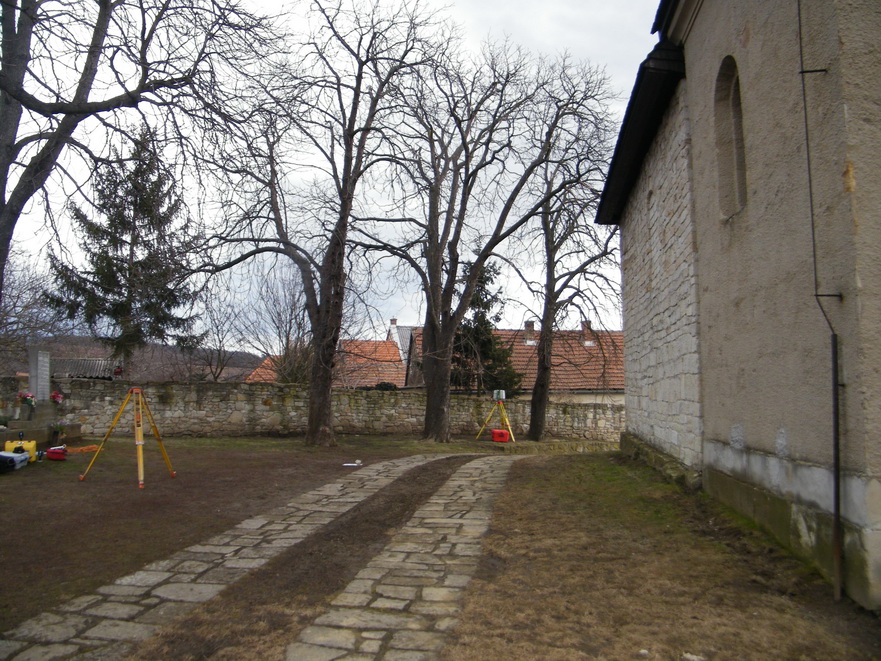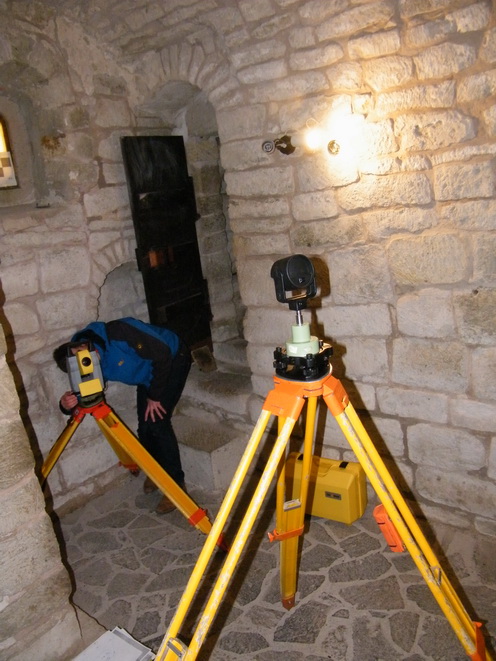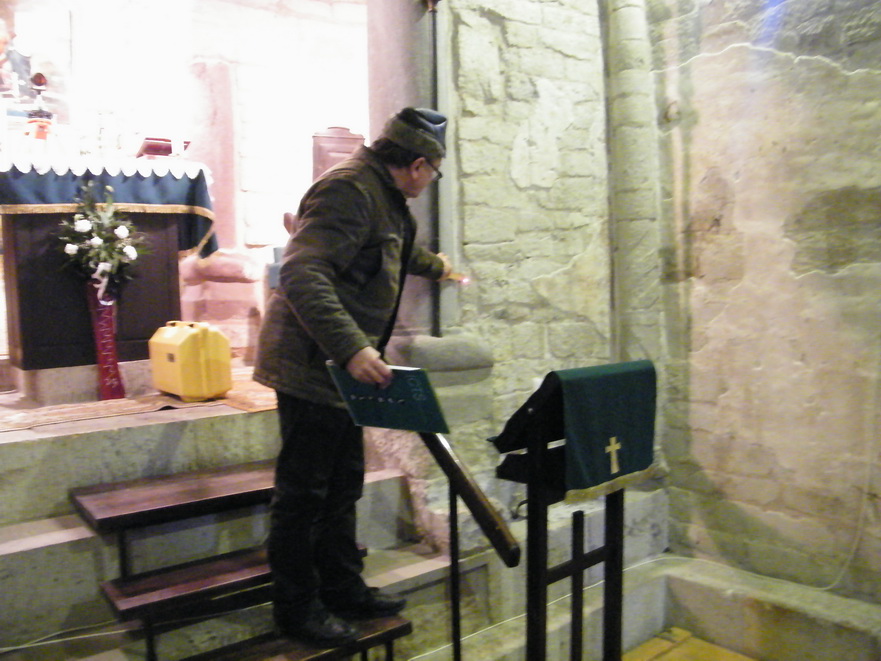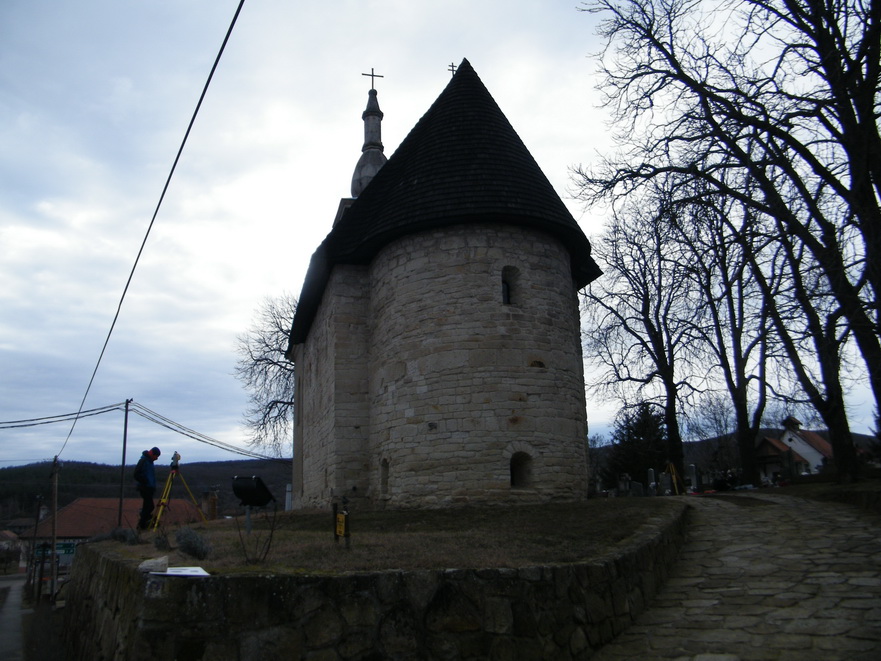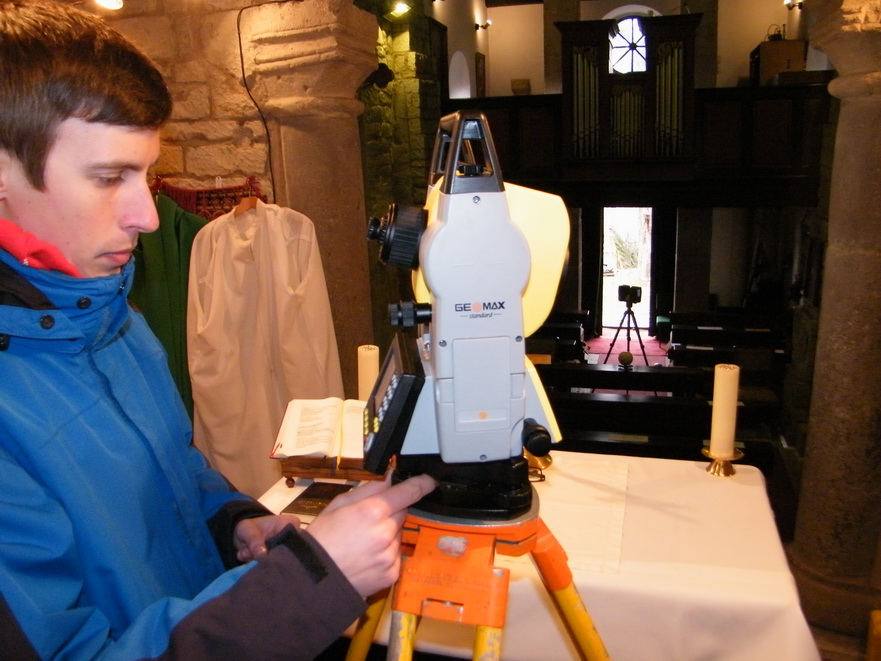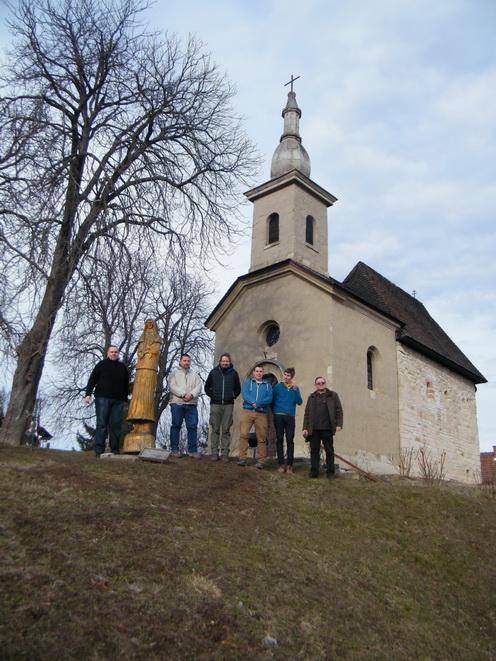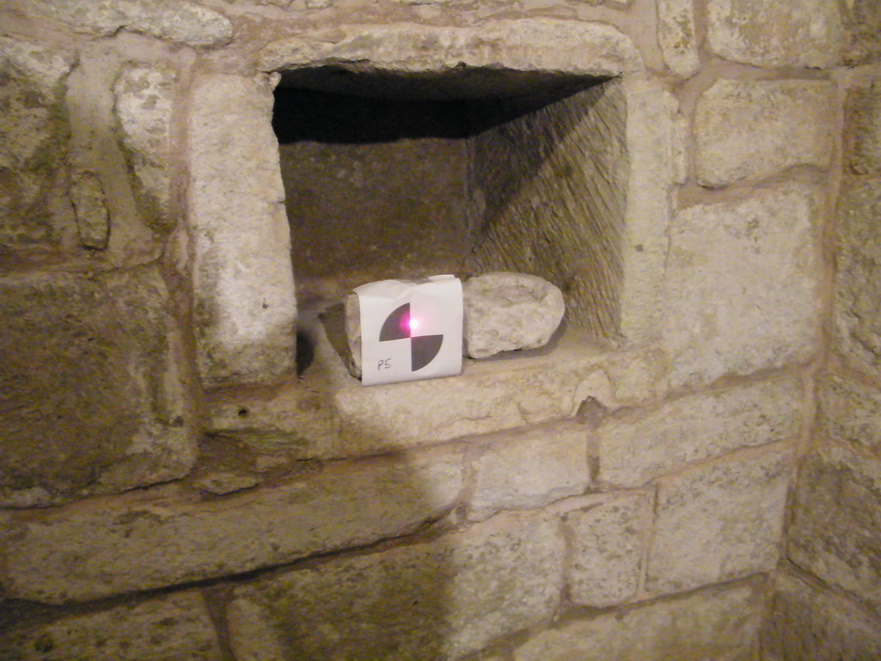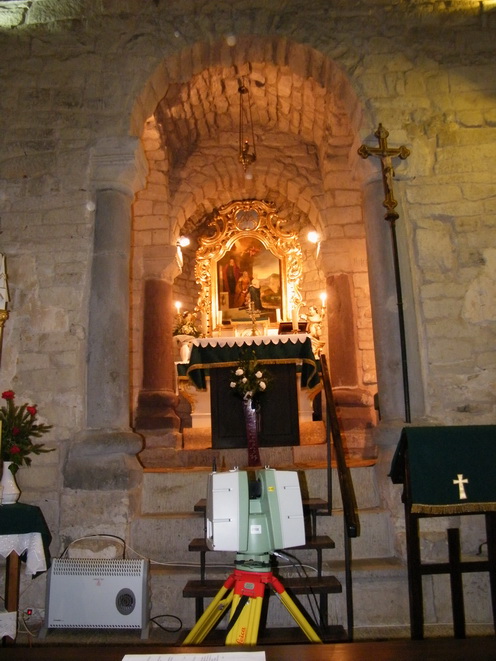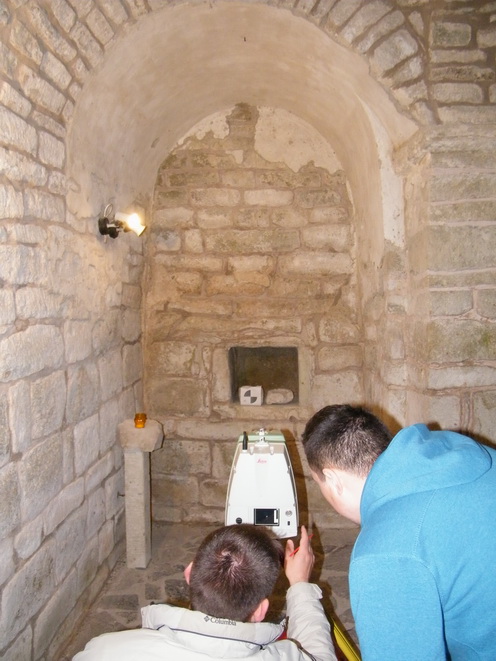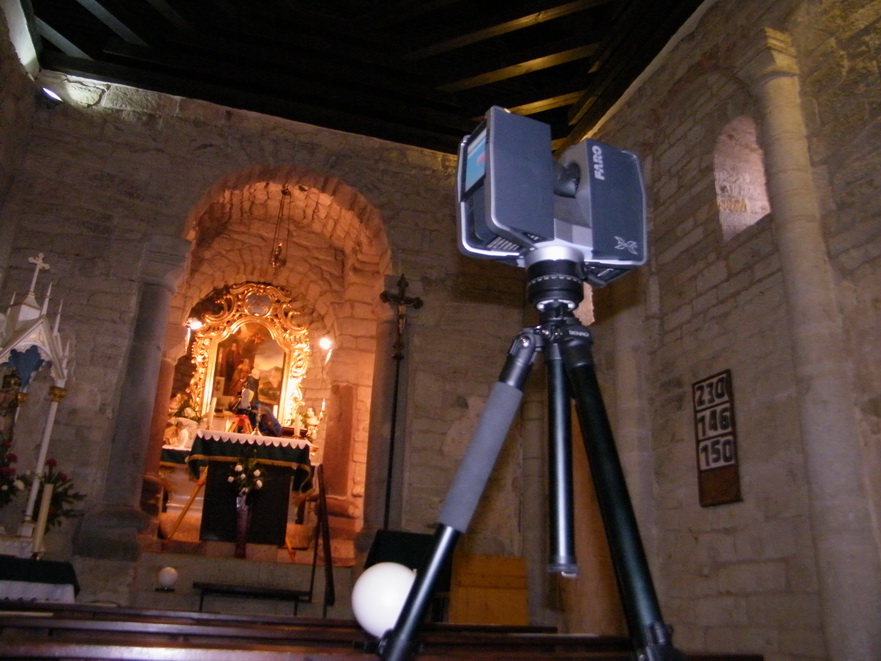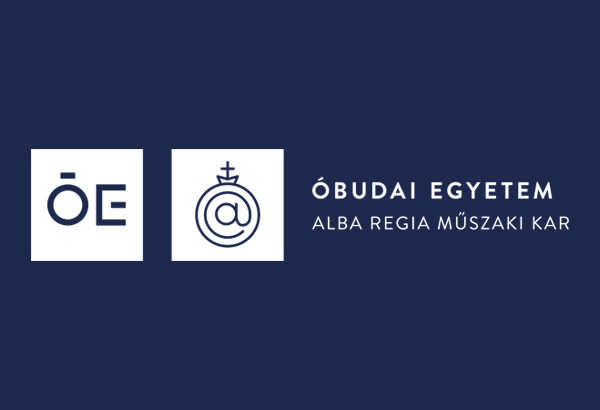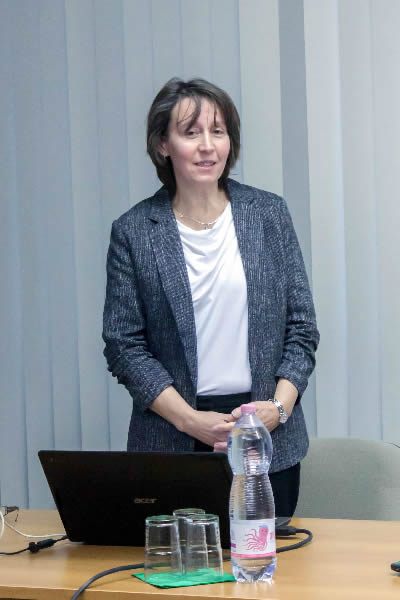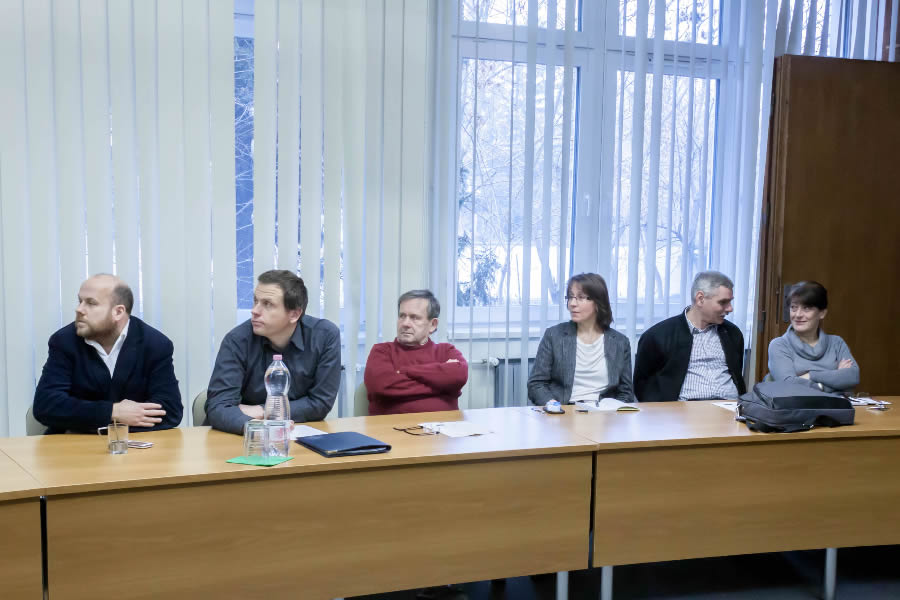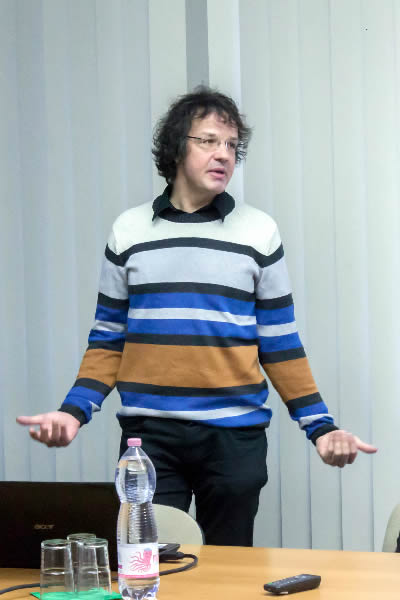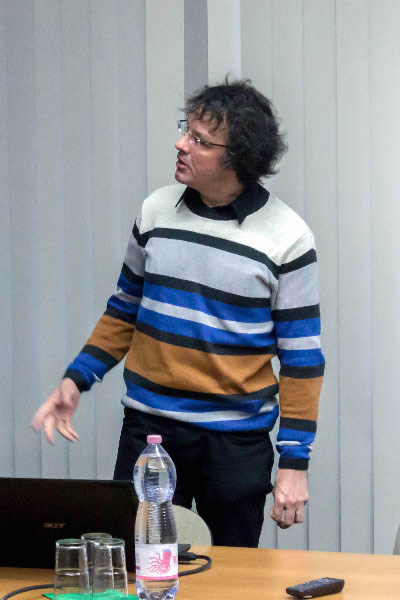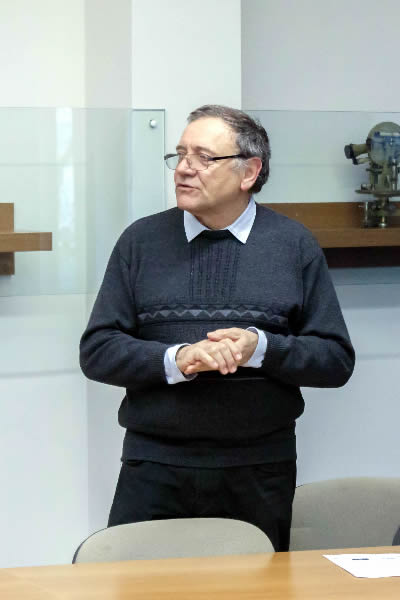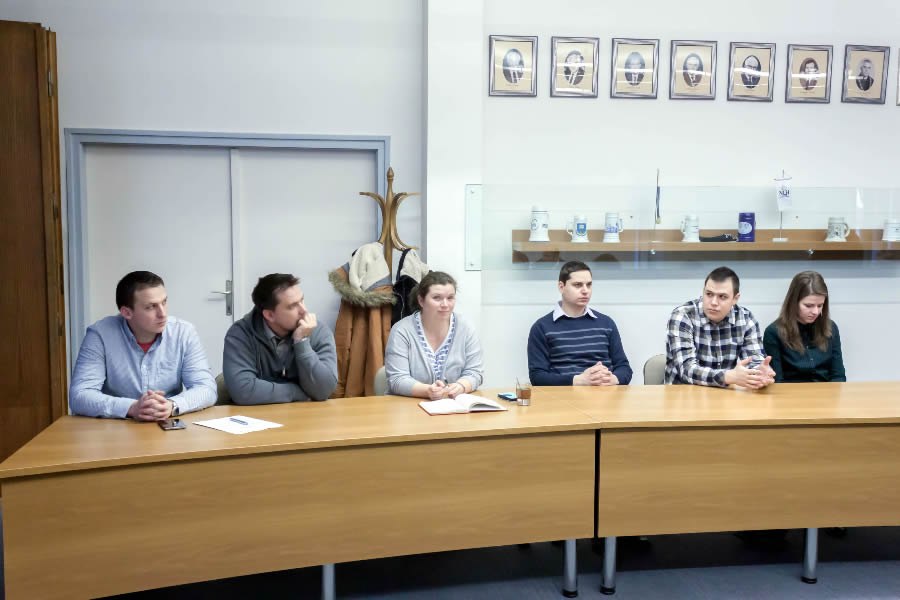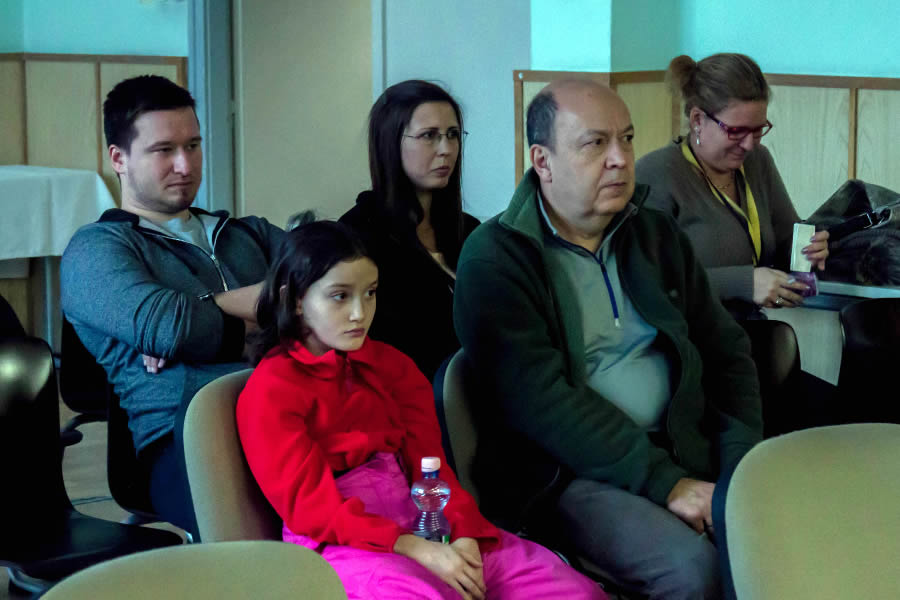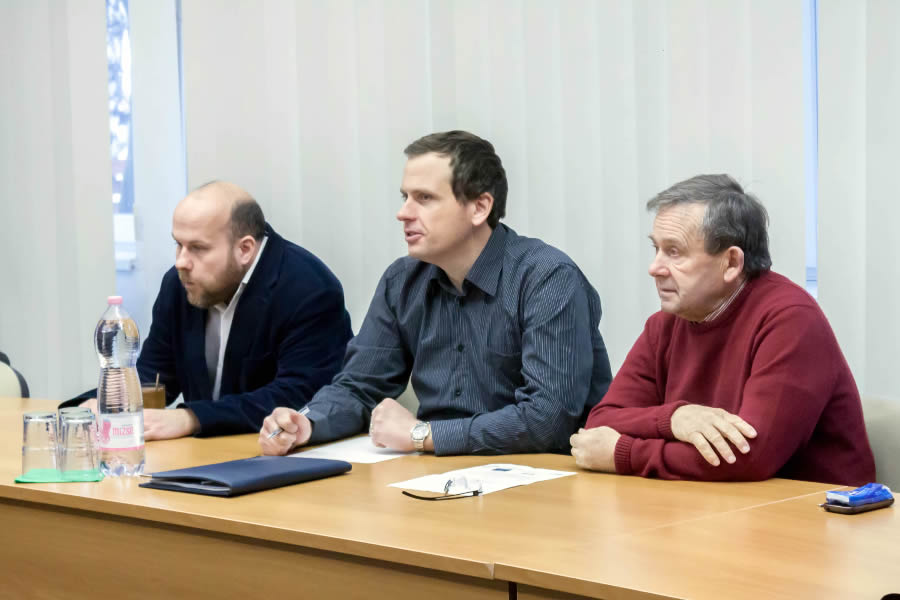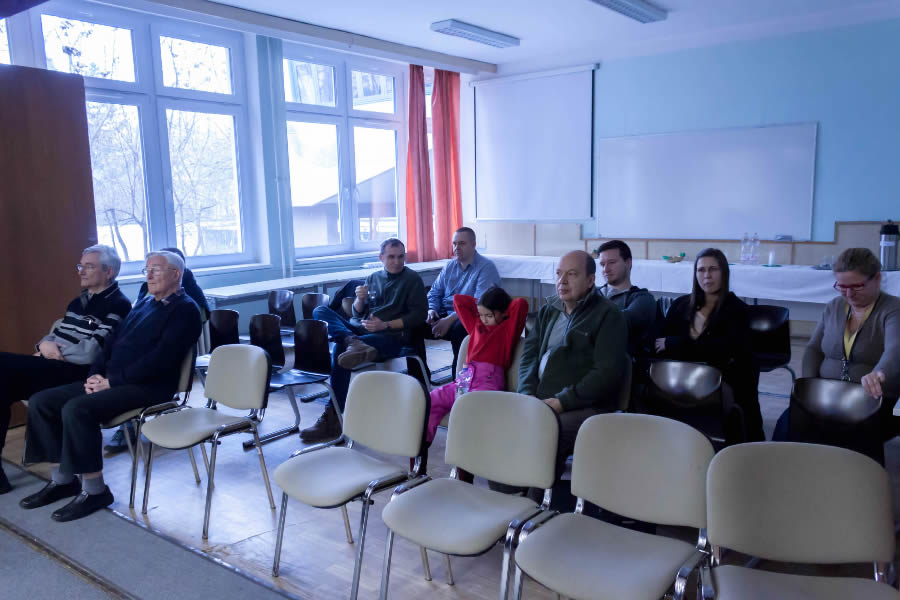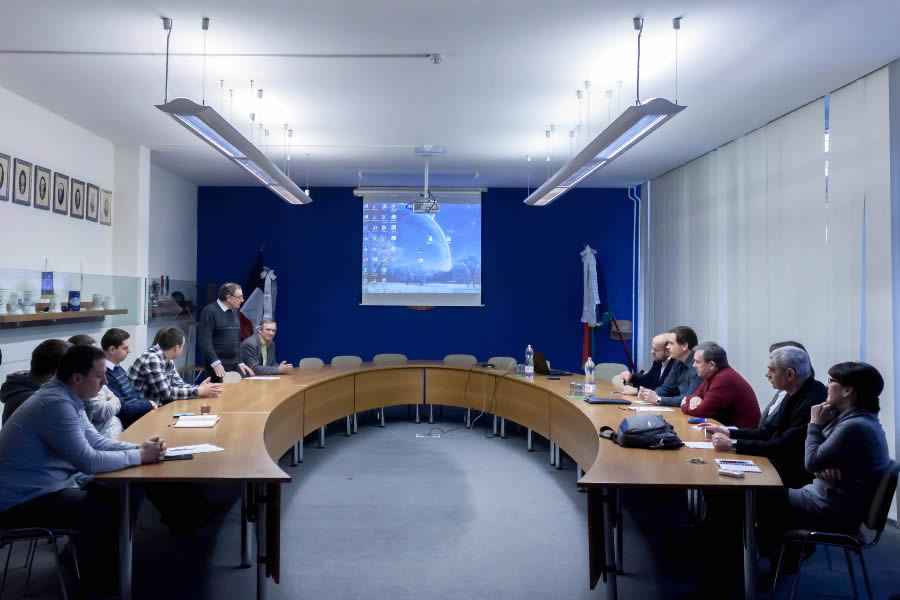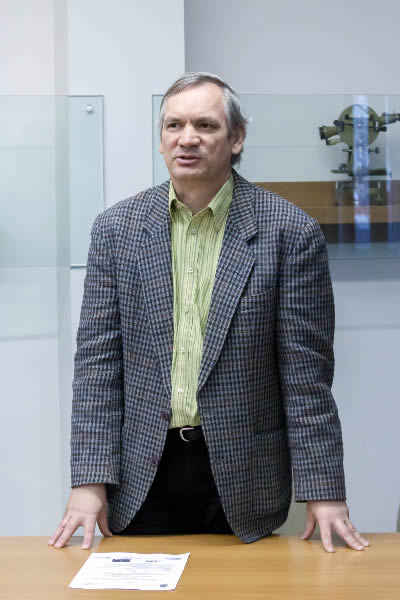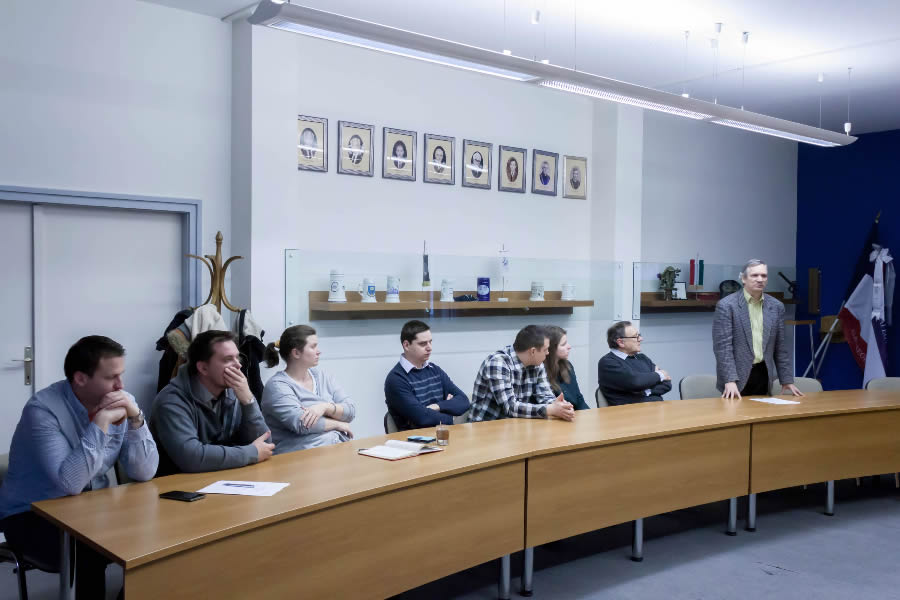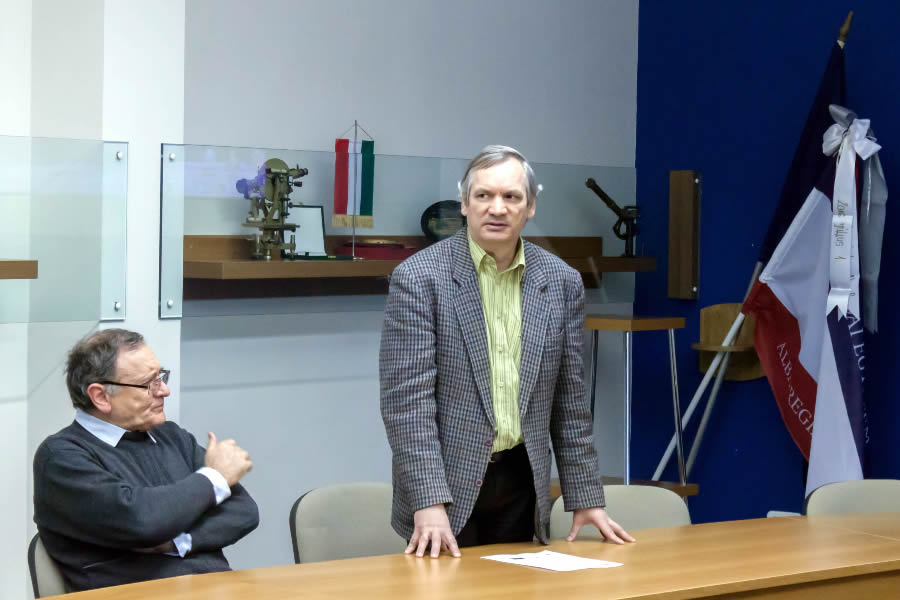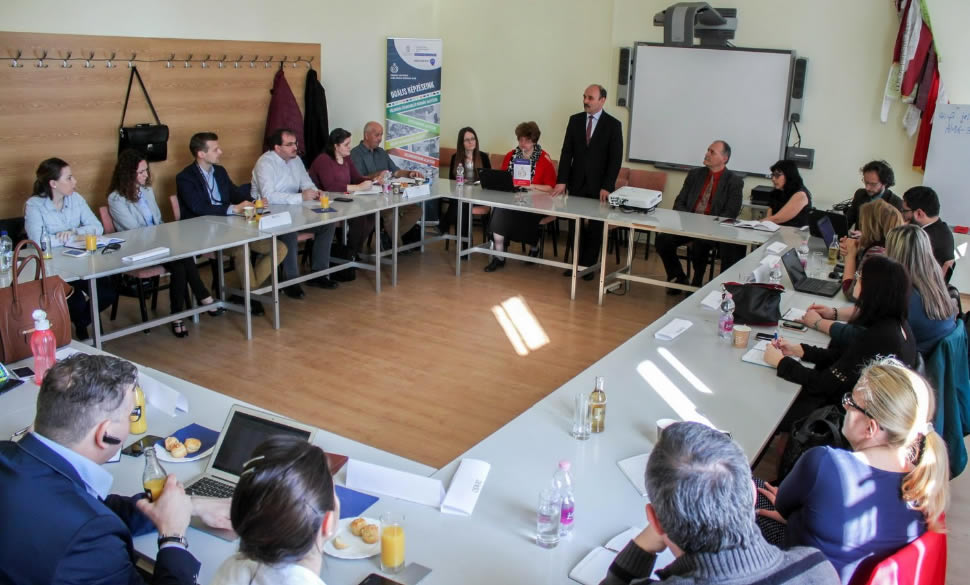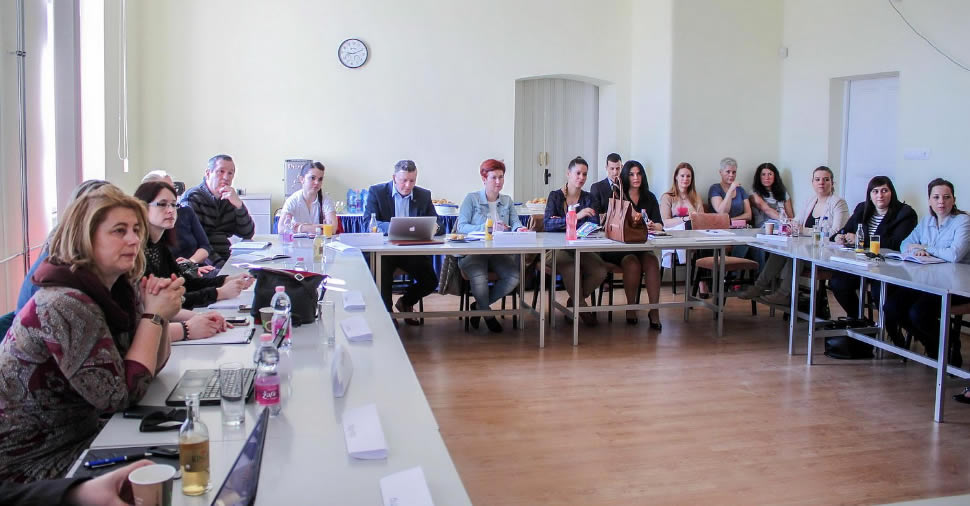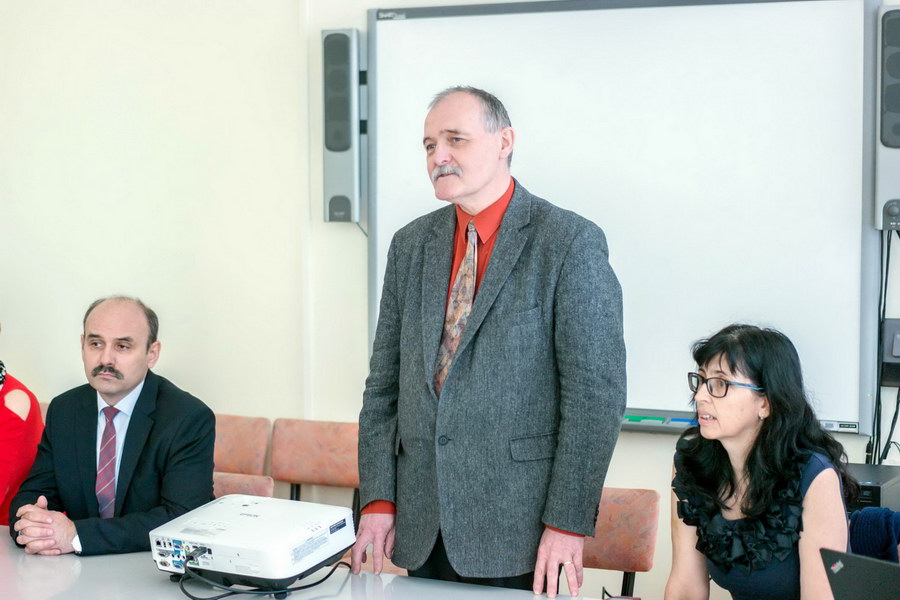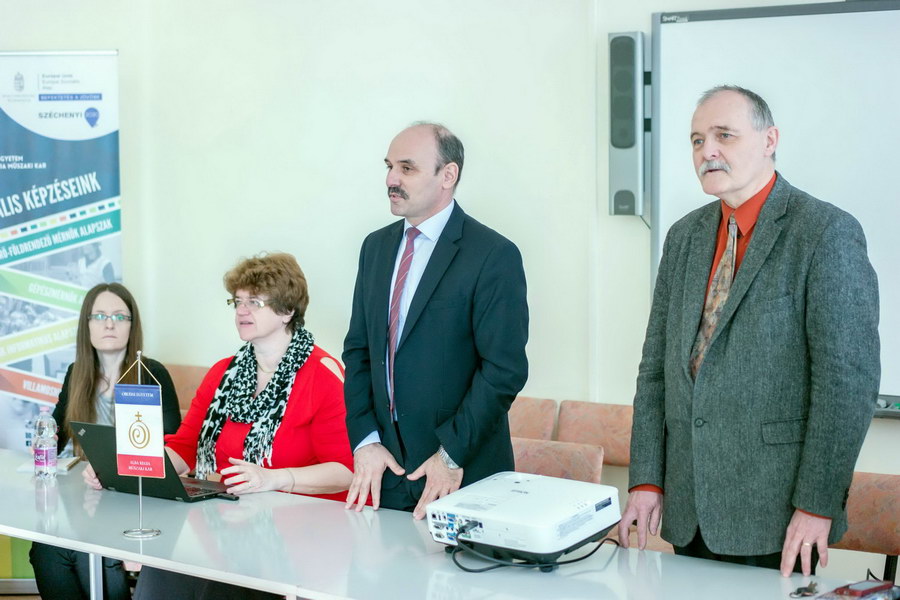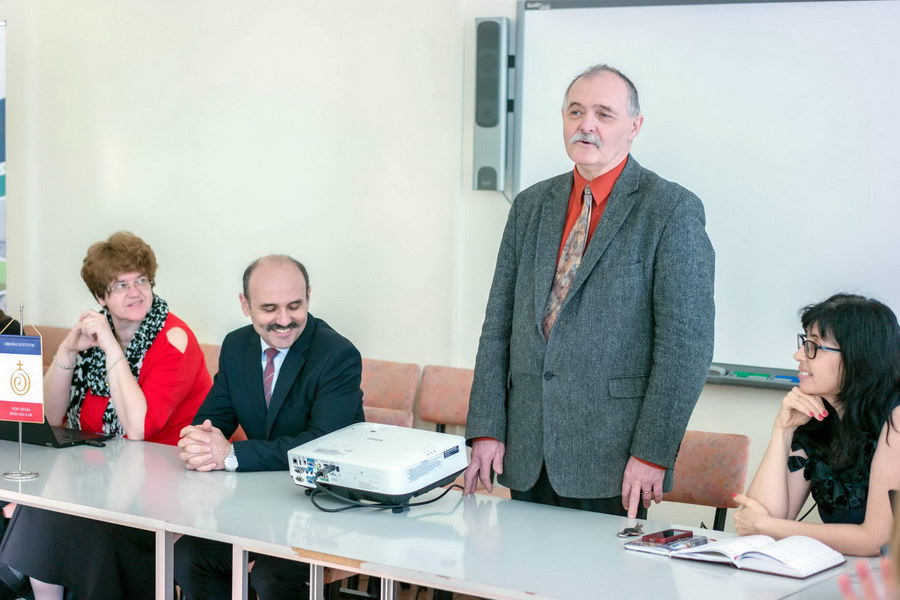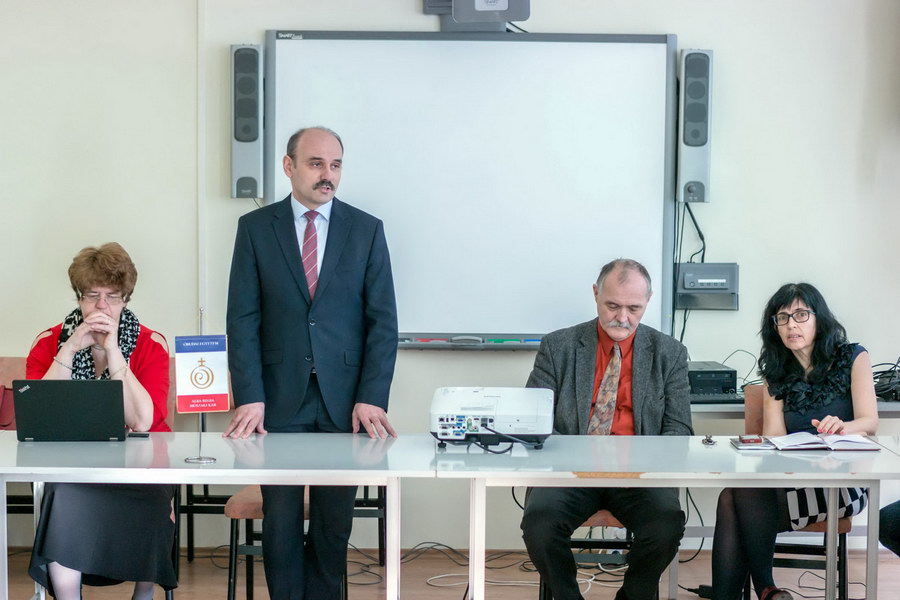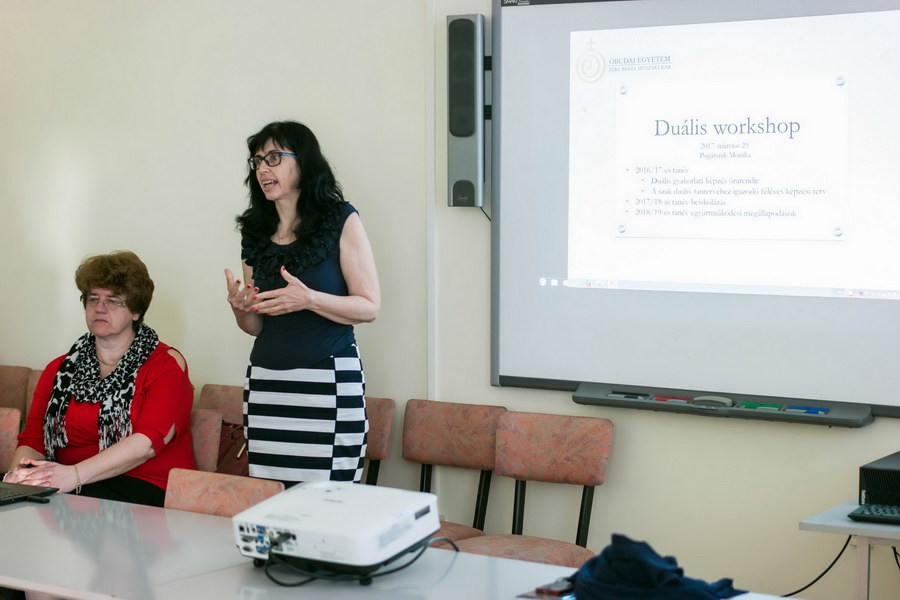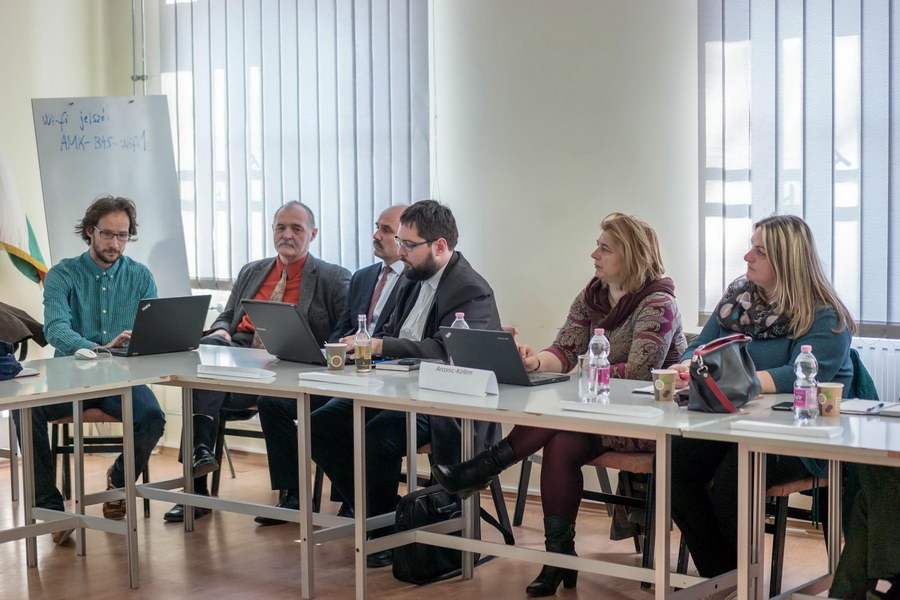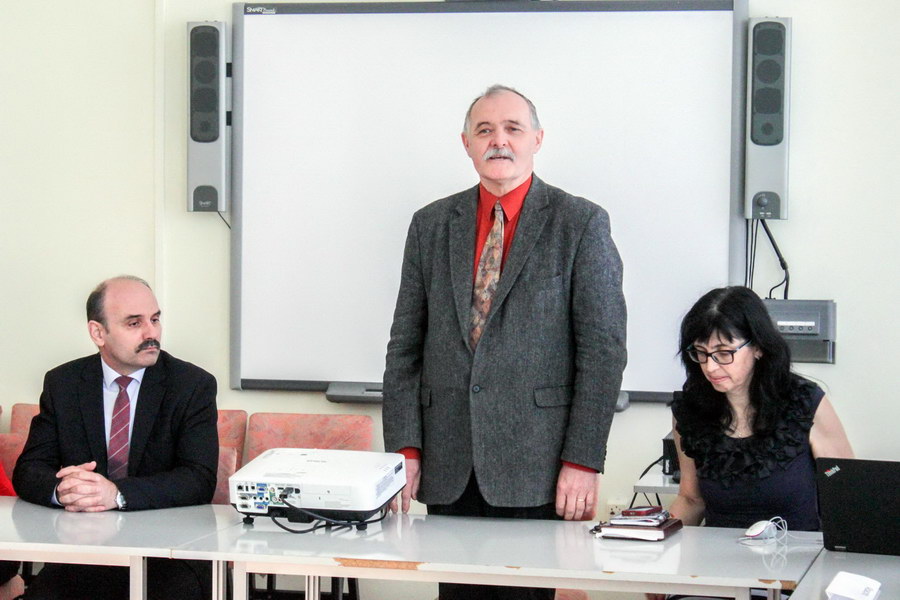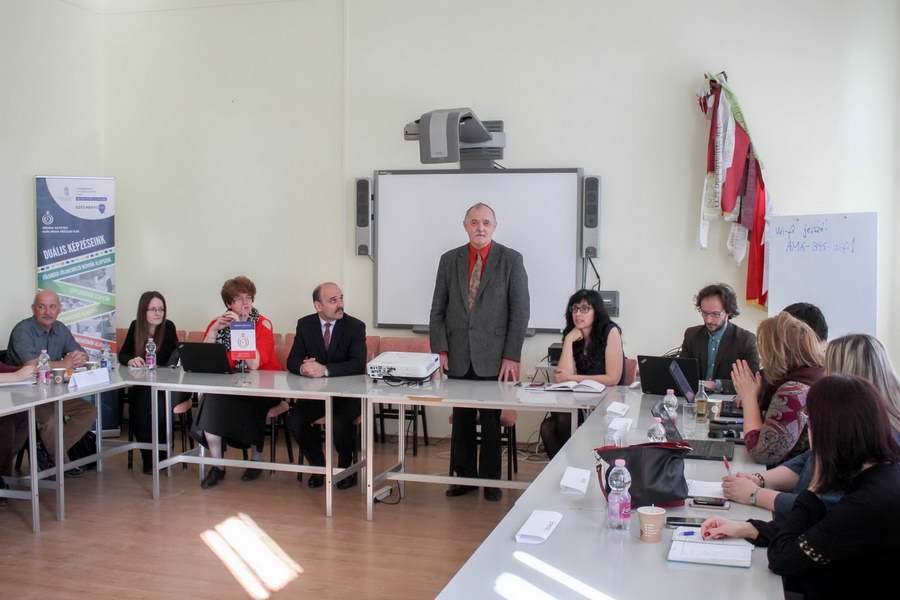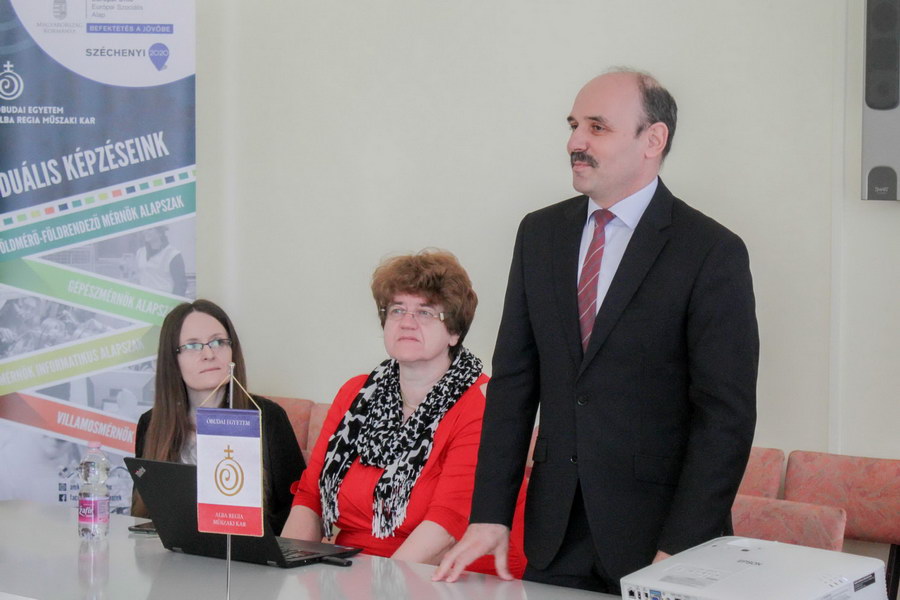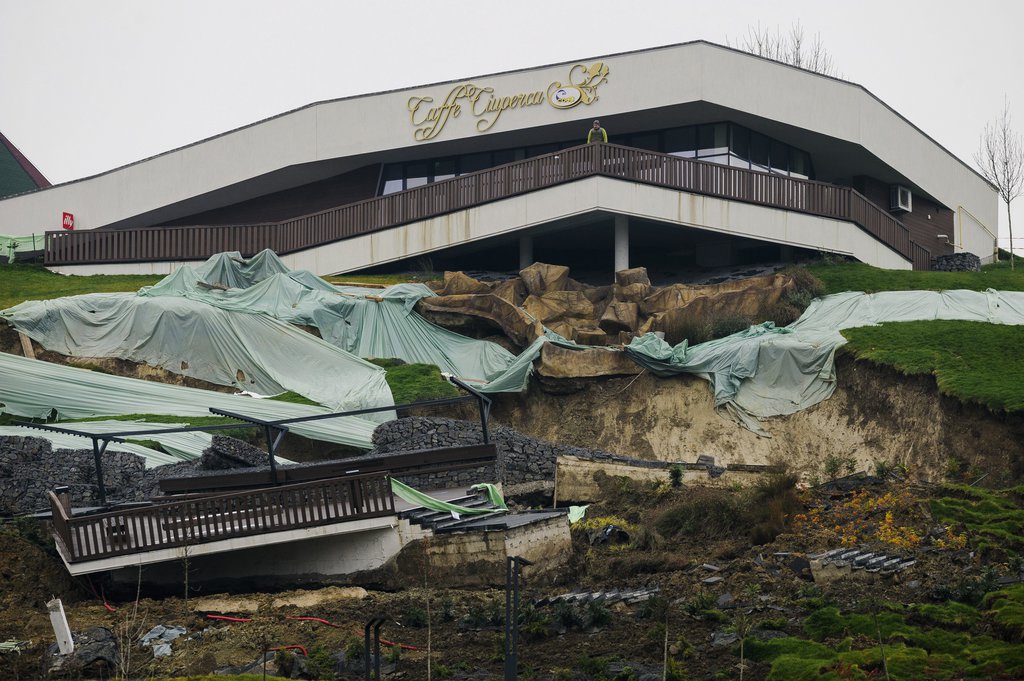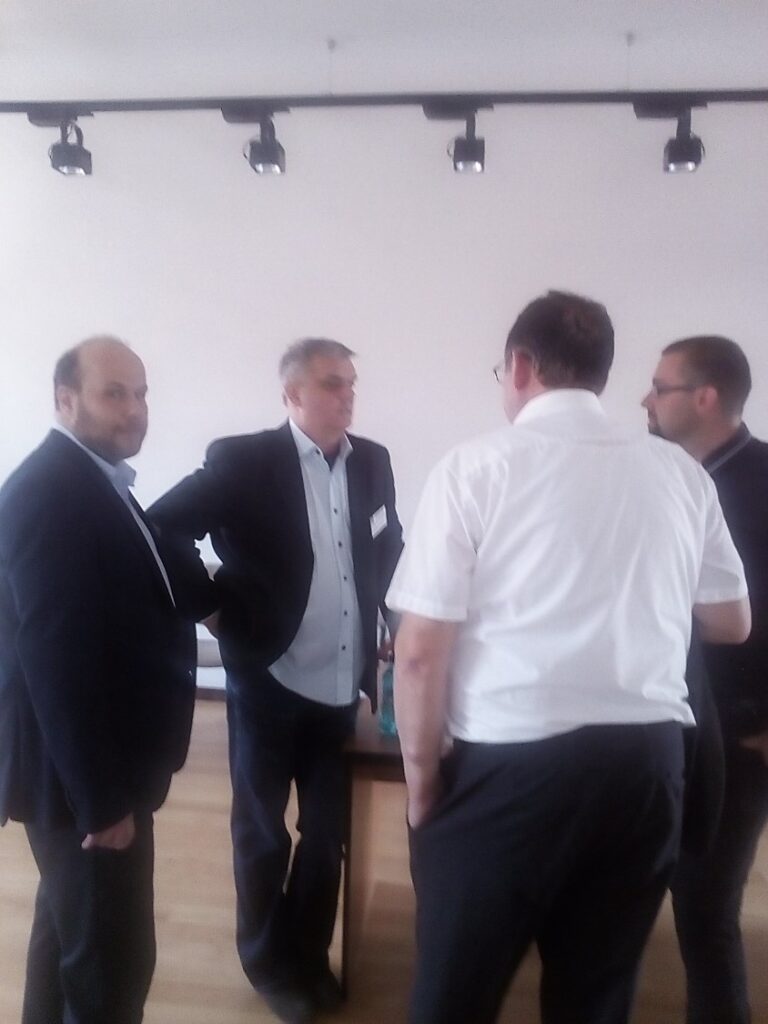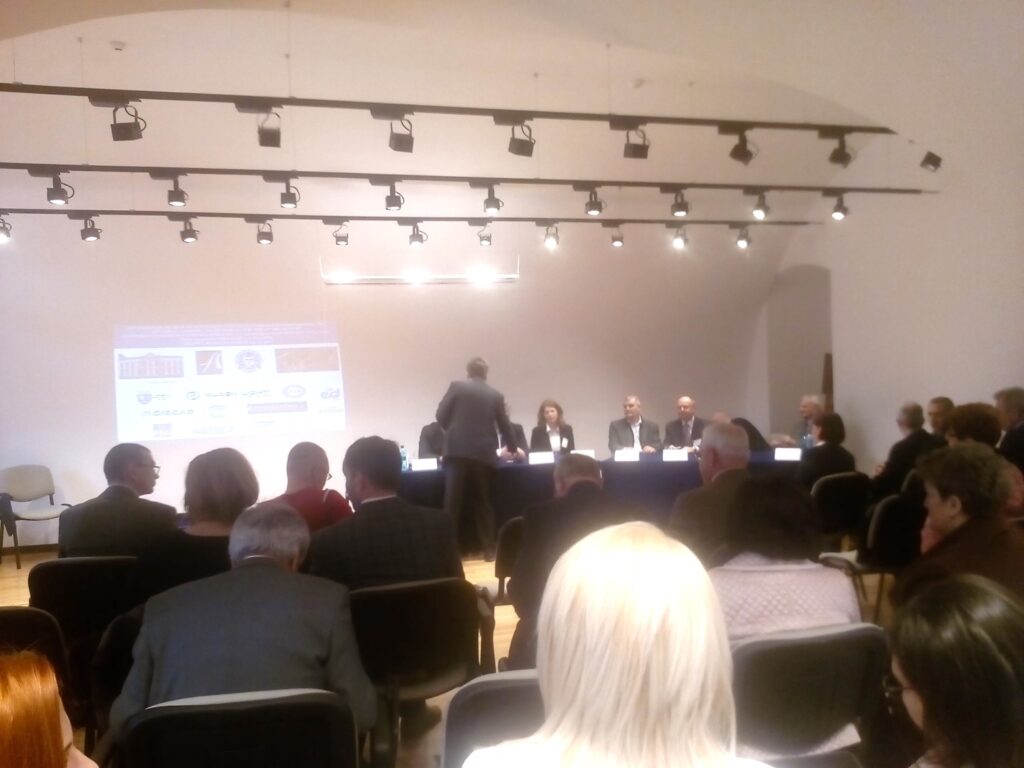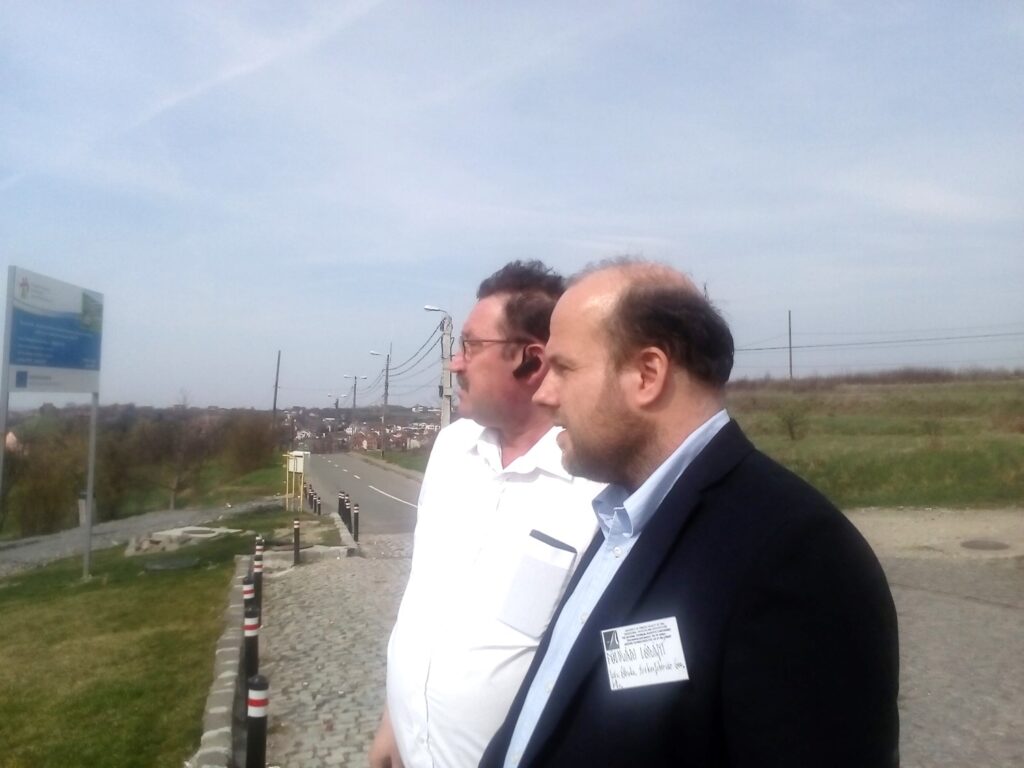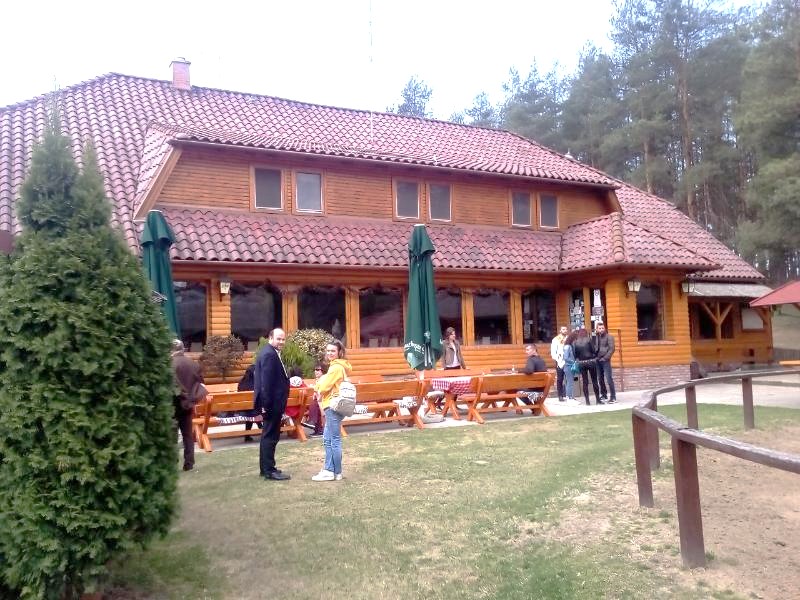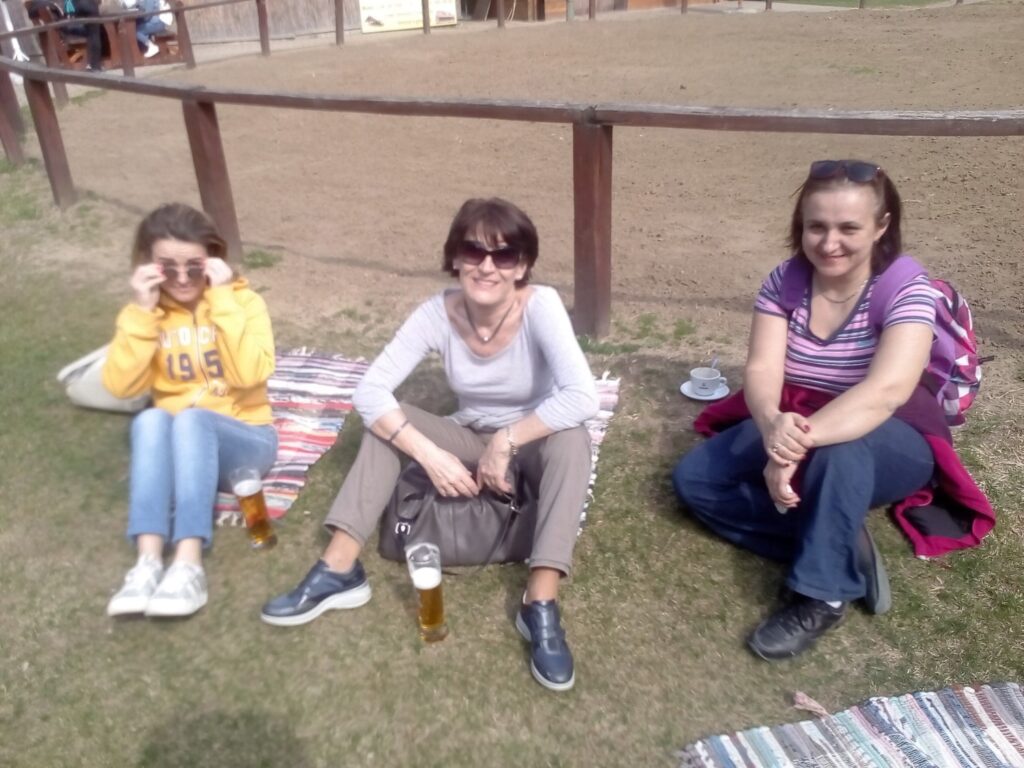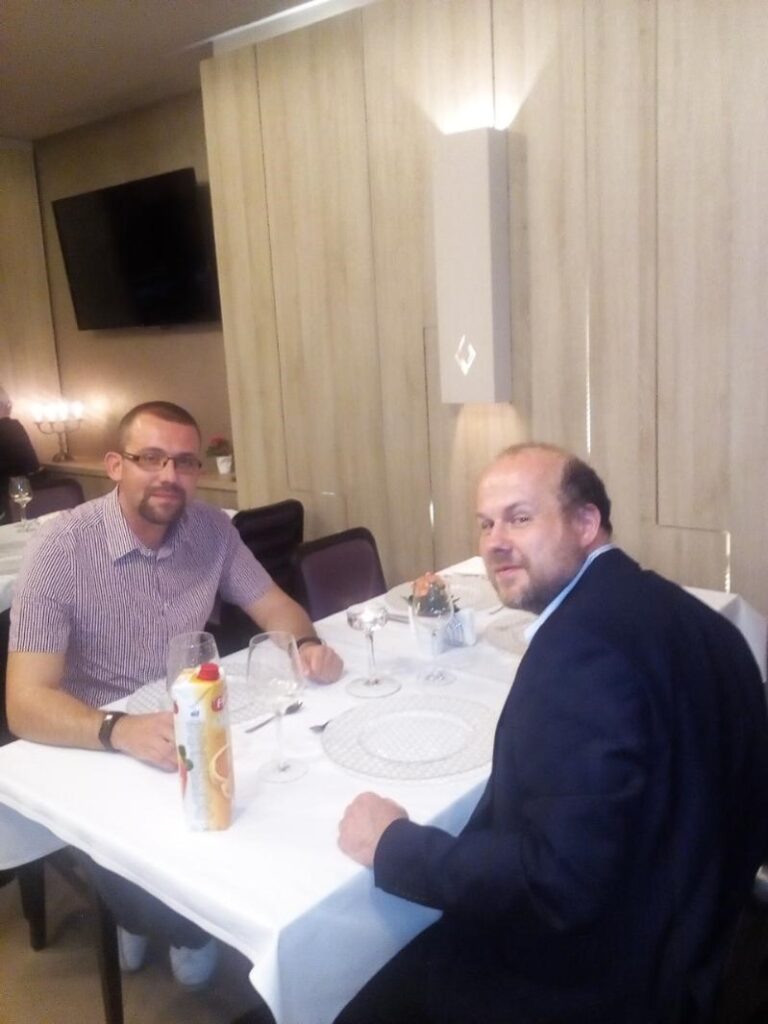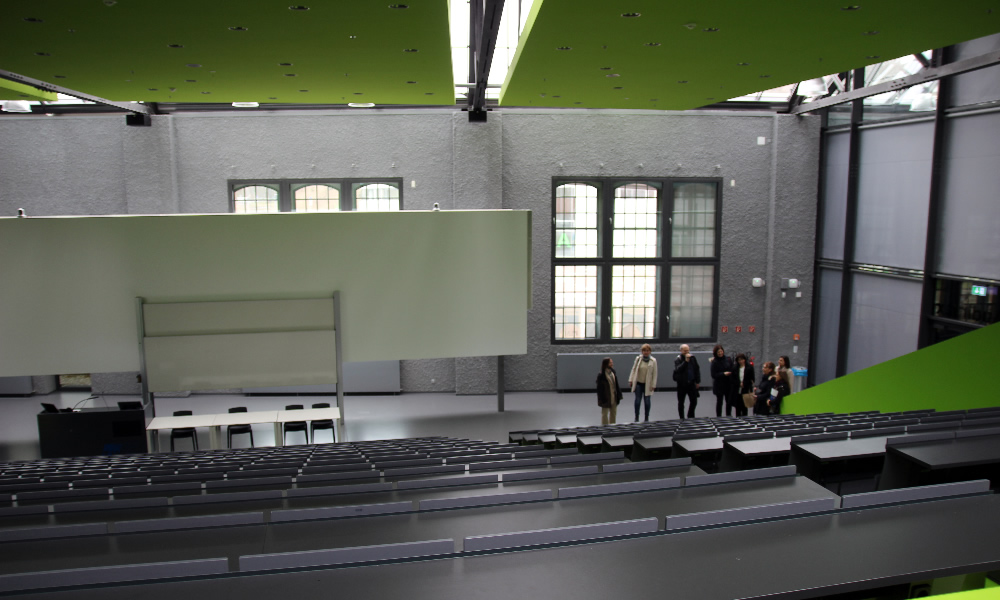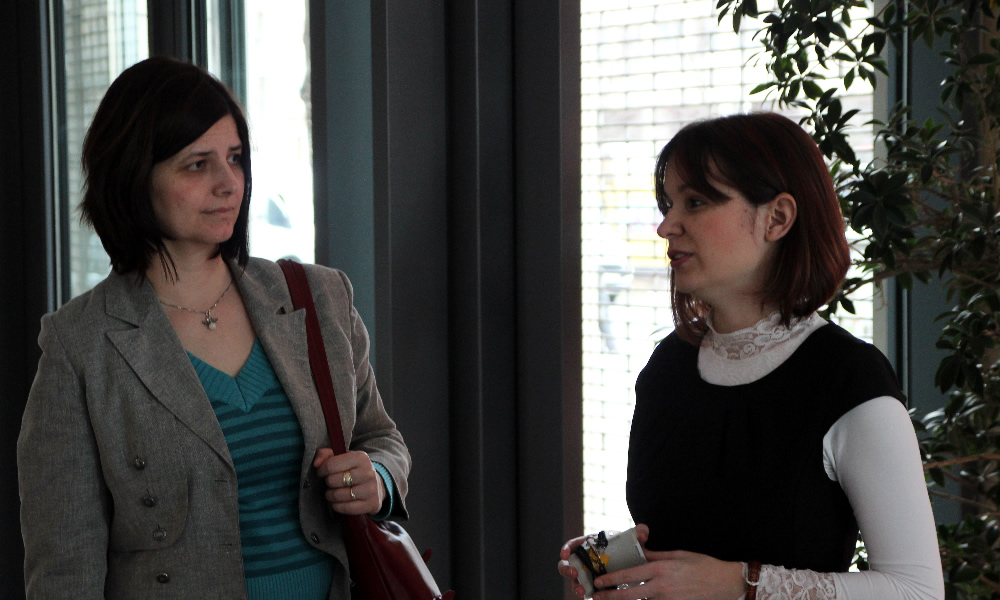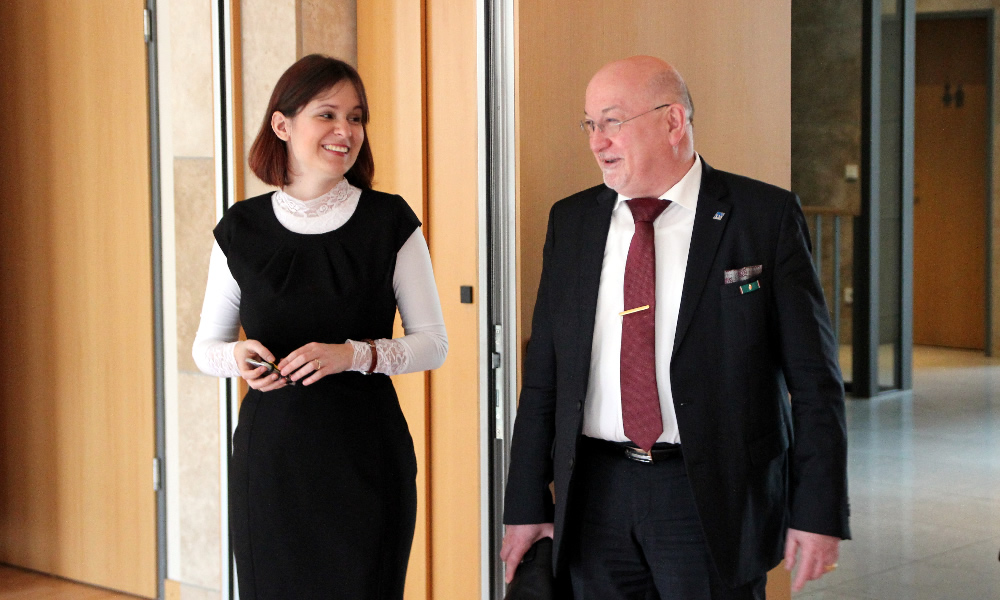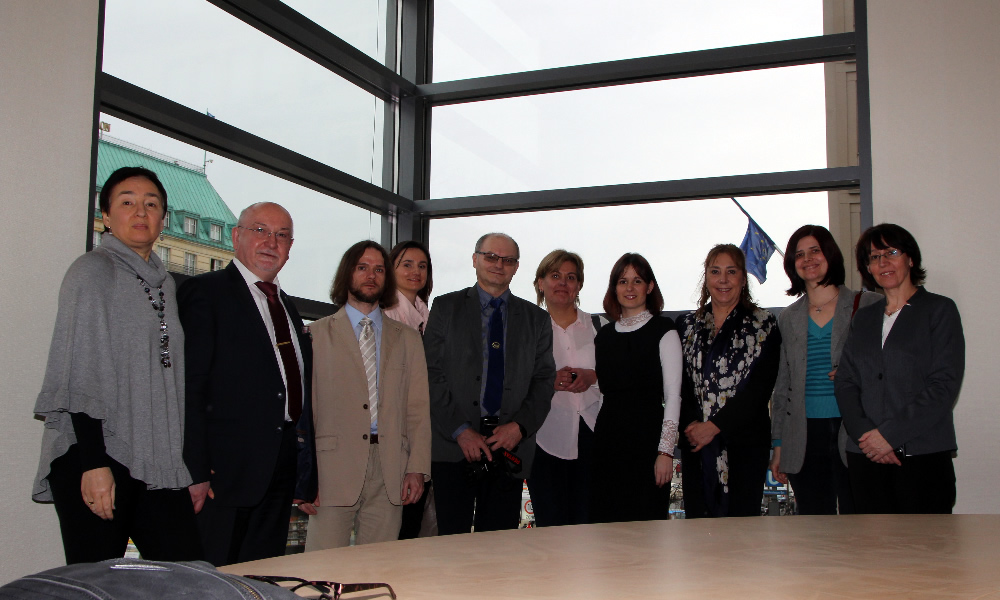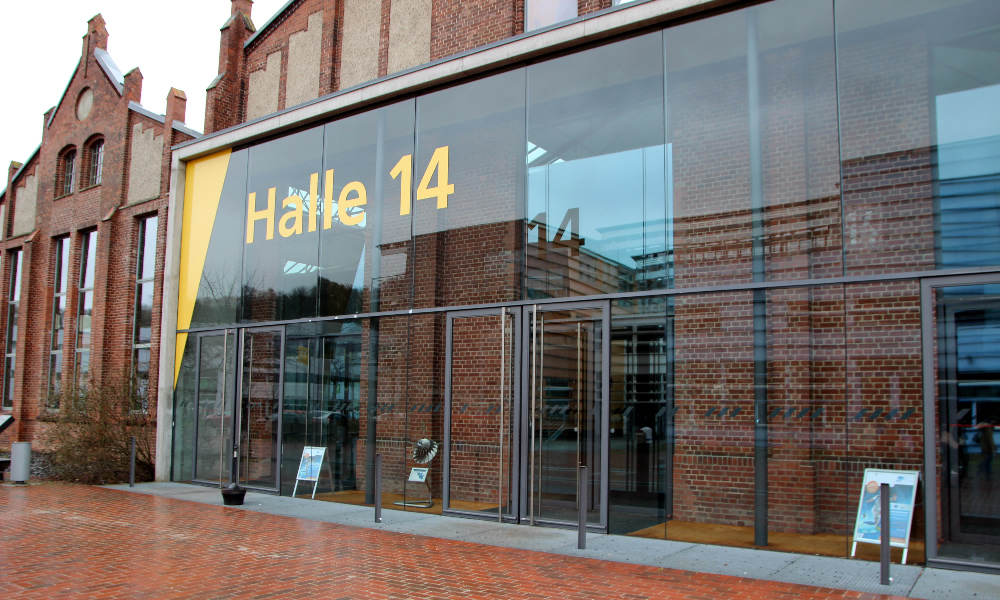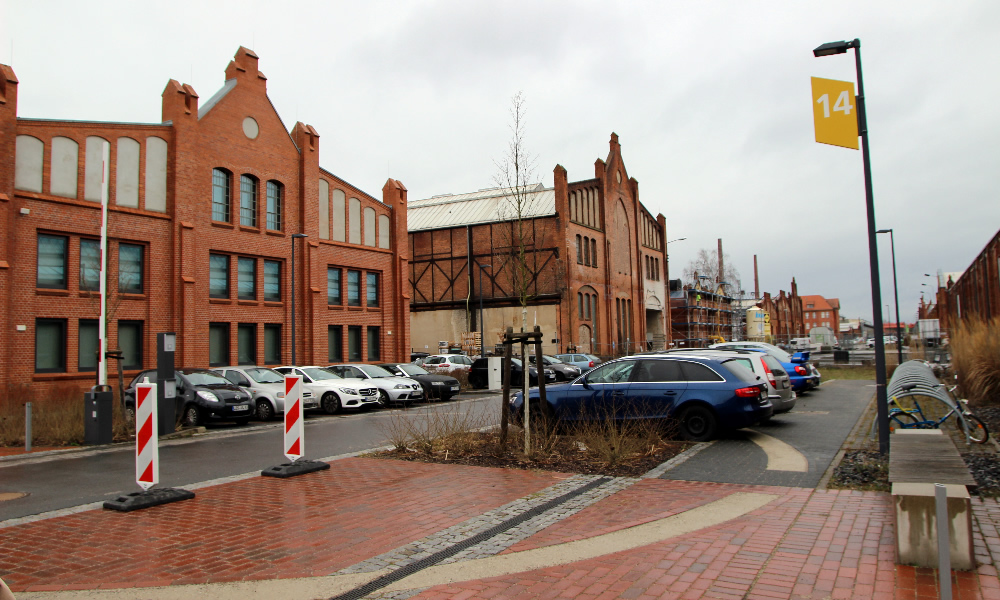A group of students and teachers from the Mikoviny Sámuel technical college surveyed one of the oldest churches of Hungary on 27 February, 2017. The church has been preserved almost intact in its original style and form.
For the surveying we used three types of technologies and instruments: terrestrial photogrammetry, laser scanner and total station. For 3D modeling we used Sony and Nikon cameras for taking images. Scanning was made by a LeicaC10 and a Faro instrument. For the latter I would like to express my sincere gratitude for Attila Weisz, a correspondent student for lending one from the Salisbury Ltd. We also used a new Geomax Zipp20 R2 total station. The possibilities of distance measurement without prism and that of the offset measurement of marks were beneficial, too.
We scanned the inside and outside of the church with high accuracy including the crypt, which can be found under the apses of the church. There is a narrow flight of stairs leading down to the wide-stone crypt. In the case of the Leica instrument for fitting we used the manufacturer’s marks outside the building, while inside printed paper-marks were on the walls.
In the case of the Faro instrument, fitting spheres were used for point cloud fitting. We defined the coordinates of every fitting point in the local and national co-ordinate systems so we will be able to give the results of all types of measurements in a unified co-ordinate system.
The different surveying technologies served different purposes. One of them was to inspect the relationship between the proportions of the 11-12 century parts of the church and the royal Hungarian linear unit system. With the help of the total station measurement even the precise assessment of the layout of the church was possible to carry out together with the definition of point cloud fitting in a unified co-ordinate system. This method was already used in four other Árpád-age churches (Kallósd, Bagodvitenyéd, Ják, Pápoc). The preliminary examinations are promising; the ultimate results will probably confirm our concepts.
We are going to assess the results and the reference examinations in a SSA dissertation.
Bence Gáti, Sándor Tóth

